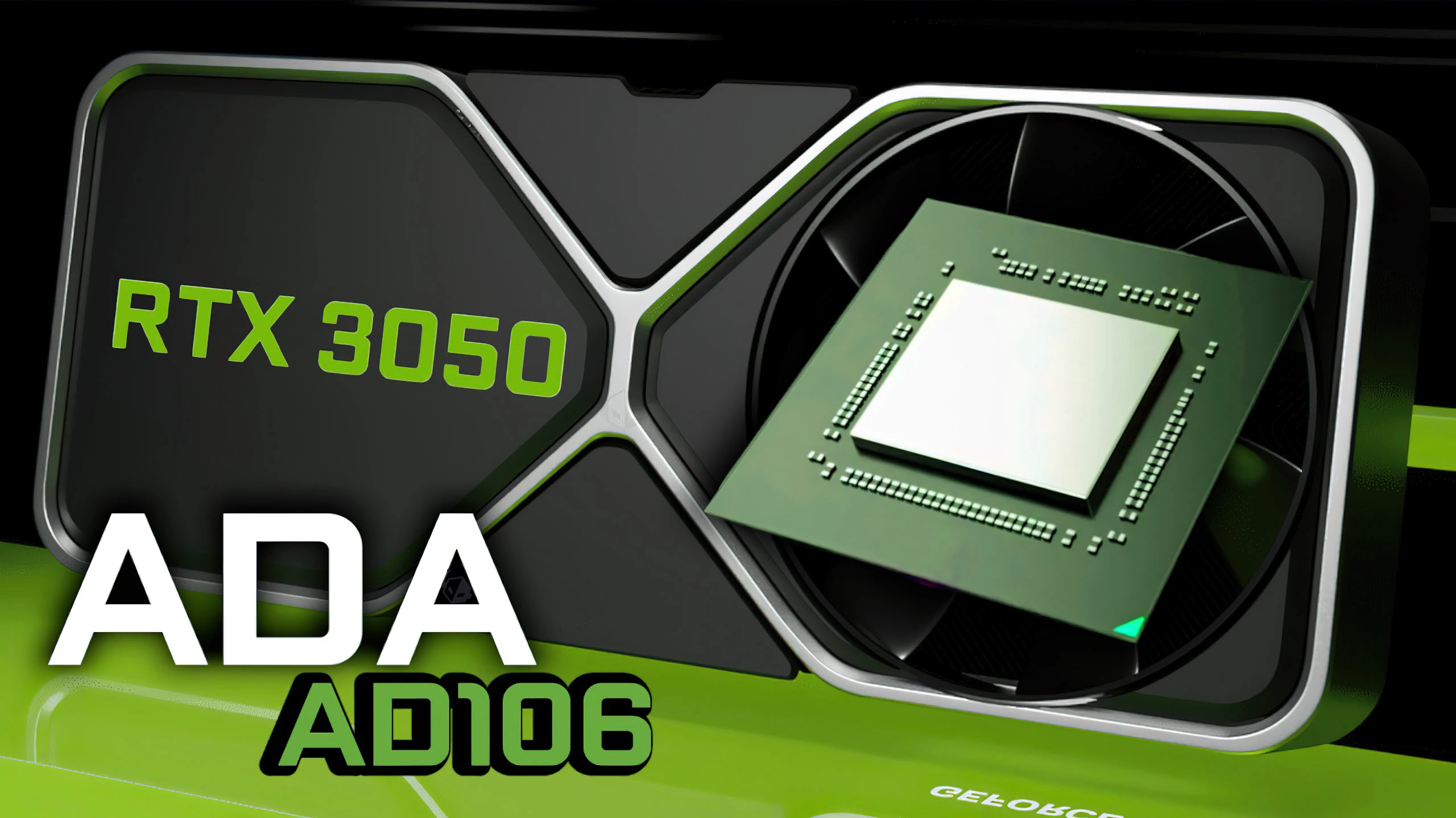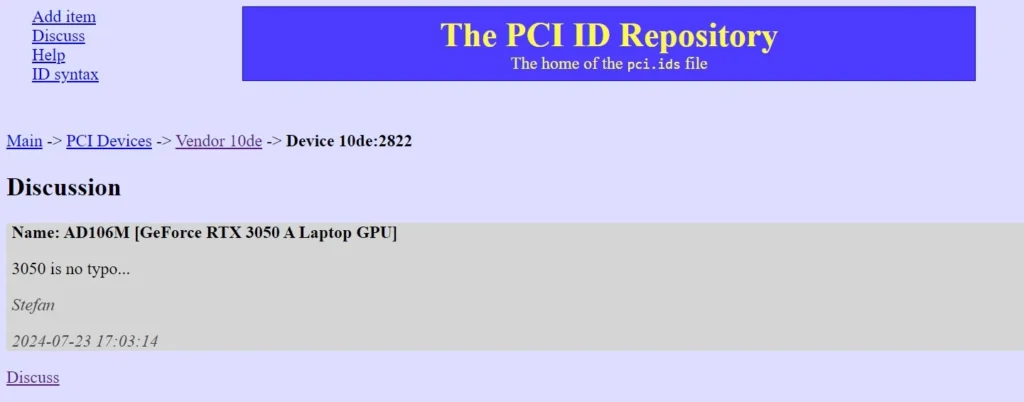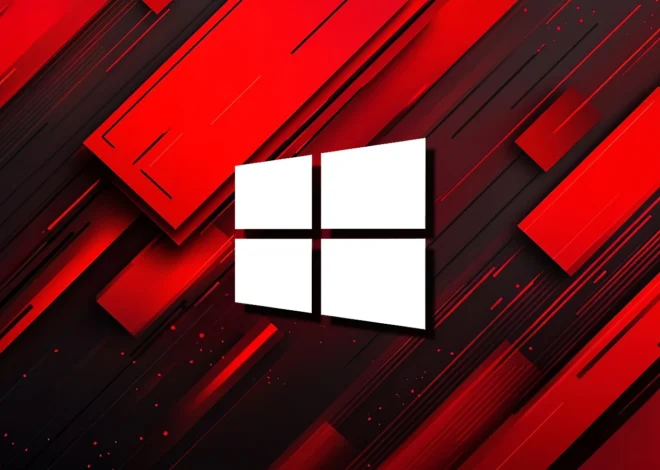
NVIDIA Readies GeForce RTX 3050 A Laptop GPU, Features AD106 “Ada” Chip
NVIDIA might be cooking up a new variant of the GeForce RTX 3050 Laptop GPU, this time featuring the Ada Lovelace graphics architecture.
PCI Database Exposes A Possible NVIDIA GeForce RTX 3050 Laptop GPU With AD106 “Ada Lovelace” Architecture
NVIDIA isn’t yet done with the RTX 3050 and while the GPU is nothing more than a mere entry-level GPU, it is still getting an upgrade. The company is working on a new variant of RTX 3050 as seen on the PCI-ID database.
Here, we are specifically talking about the laptop NVIDIA GeForce RTX 3050, which uses the Ampere architecture. Since the current GPU market is dominated by Ada Lovelace-based GPUs, both for the desktop and laptop platforms, NVIDIA is planning to equip the RTX 3050 with Ada architecture.
As the current lineup of Ada laptop GPUs already includes the RTX 4050, it makes sense that to upgrade the RTX 3050 with a newer architecture, it’s better not to change the model name to confuse users. As seen on the database, it states the GPU name as “AD106M[Geforce RTX 3050 A Laptop GPU]”. The added “A” at the end denotes the newer version of the RTX 3050 denoting the Ada architecture.

The existing NVIDIA GeForce RTX 3050 laptop GPU uses the Ampere die GA107, unlike its desktop version which uses the superior GA106 chip. The newer RTX 3050 edition will be based on the “AD106” mobile chip. The AD106 die is used on the desktop RTX 4060 Ti, offering 4352 Cuda Cores and the existing RTX 3050 boasts just 2048 cores. So, the AD107 die would have been adequate for the RTX 3050 A as it can be cut down to just 2560 cores as on the RTX 4050 and offers up to 3072 cores on RTX 4060.

Nonetheless, NVIDIA went with the AD106 die and the new GPU has been confirmed even by their drivers as reported by Videocardz.
The date of release for the NVIDIA GeForce RTX 3050 A is not yet known, nor do we have any information on its complete specifications. The existing RTX 3050 mobile GPU features 4GB GDDR6 VRAM on a 128-bit memory bus and offers 12Gbps of effective memory speed. The AD106 brings the same memory bus, which could be easily transitioned to the newer RTX 3050 A but we will see if the 3050 receives an uplift in memory speed or not.
NVIDIA GeForce RTX 30 Mobility GPU Lineup:
| GPU Name | NVIDIA GeForce RTX 3050 | NVIDIA GeForce RTX 3050 | NVIDIA GeForce RTX 3050 A | NVIDIA GeForce RTX 3050 Ti | NVIDIA GeForce RTX 3060 | NVIDIA GeForce RTX 3070 | NVIDIA GeForce RTX 3070 Ti | NVIDIA GeForce RTX 3080 | NVIDIA GeForce RTX 3080 Ti |
|---|---|---|---|---|---|---|---|---|---|
| Process Node | Samsung 8nm | TSMC 4N | TSMC 4N | Samsung 8nm | Samsung 8nm | Samsung 8nm | Samsung 8nm | Samsung 8nm | Samsung 8nm |
| GPU SKU | GA107 | GA107 | AD106 | GA107 | GA106 | GA104 | GA104 | GA104 | GA103 |
| SMs | 16 | 16 | TBD | 20 | 30 | 40 | 46 | 48 | 58 |
| CUDA Cores | 2048 | 2048 | TBD | 2560 | 3840 | 5120 | 5888 | 6144 | 7424 |
| Base Clock | 1057 MHz | 1042 MHz | TBD | 1035 MHz | 1283 MHz | 1290 MHz | 1035 MHz | 1245 MHz | 1125 MHz |
| Boost Clock | 1740 MHz | 1470 MHz | TBD | 1695 MHz | 1703 MHz | 1620 MHz | 1485 MHz | 1710 MHz | 1590 MHz |
| Memory Clock | 12 Gbps | 14 Gbps | TBD | 12 Gbps | 14 Gbps | 14 Gbps | 14 Gbps | 14 Gbps | 16 Gbps |
| Memory Type | GDDR6 | GDDR6 | TBD | GDDR6 | GDDR6 | GDDR6 | GDDR6 | GDDR6 | GDDR6 |
| Memory Size | 4 GB | 6 GB | TBD | 4 GB | 6 GB | 8 GB | 8 GB | 8/16 GB | 16 GB |
| Memory Bus | 128-bit | 96-bit | TBD | 128-bit | 192-bit | 256-bit | 256-bit | 256-bit | 256-bit |
| Bandwidth | 192 GB/s | 168 GB/s | TBD | 192 GB/s | 336 GB/s | 448 GB/s | 448 GB/s | 448 GB/s | 512 GB/s |
| TGP | 35-95W | 35-95W | TBD | 35-95W | 60-115W | 80-125W | 80 – 125W | 80-150W+ | 175W |
| Configurations | Max-Q Max-P | Max-Q Max-P | TBD | Max-Q Max-P | Max-Q Max-P | Max-Q Max-P | Max-Q Max-P | Max-Q Max-P | Max-Q Max-P |
| Launch | Q2 2021 | Q1 2024 | 2024? | Q2 2021 | Q1 2021 | Q1 2021 | Q1 2022 | Q1 2021 | Q1 2022 |



